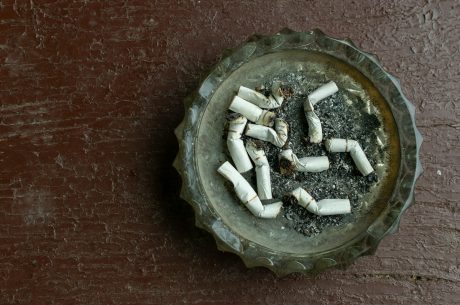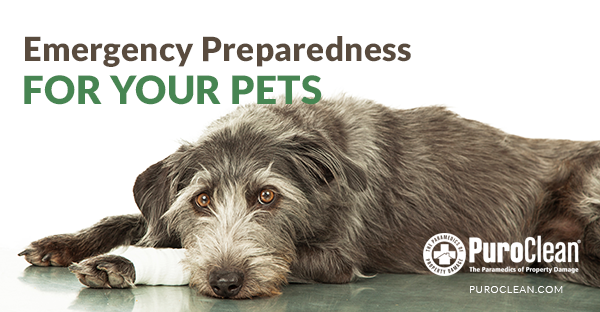Understanding the Process of Mold Removal: A Comprehensive Guide
Discovering mold in your home can be distressing, but addressing it promptly and effectively is crucial to maintaining a healthy living environment. Mold not only damages surfaces but can also pose health risks if left unchecked. Here’s a detailed look at the process of mold removal, from detection to prevention.
1. Assessment and Inspection
The first step in mold removal is a thorough assessment and inspection of the affected area. Trained professionals or inspectors examine the extent of mold growth, identify the type of mold present, and assess any underlying moisture issues causing the mold. This initial step is critical for developing a targeted removal plan.
2. Containment of Affected Area
Once the assessment is complete, the next step is to contain the mold to prevent it from spreading further. This involves sealing off the affected area using plastic sheeting and duct tape. Negative air pressure may also be employed to ensure that mold spores do not escape into uncontaminated areas of the home.
3. Mold Removal and Cleaning
The actual removal process varies depending on the surface affected and the severity of the mold growth. Non-porous materials like tiles and metals can usually be cleaned more thoroughly, often using antimicrobial cleaners and scrubbing techniques. Porous materials such as drywall or carpets may need to be removed and replaced if the mold growth is extensive.
4. Drying and Dehumidification
After the mold is removed, it’s crucial to dry the affected area completely to prevent future mold growth. Professionals use specialized equipment like dehumidifiers and high-powered fans to dry out surfaces and restore normal humidity levels.
5. Repair and Restoration
Once the mold is removed and the area is dry, any damaged materials should be repaired or replaced. This may include replacing drywall, insulation, or flooring that was removed during the cleaning process. Restoration ensures that the affected area returns to its pre-mold condition.
6. Prevention Strategies
Preventing mold growth in the future is essential for maintaining a mold-free home. This includes fixing any leaks or moisture issues promptly, improving ventilation in high-humidity areas like bathrooms and kitchens, using mold-resistant materials where possible, and regularly inspecting areas prone to mold growth.
7. Professional Help vs. DIY
While some minor mold problems can be addressed with DIY methods, larger or persistent mold issues require professional intervention. Certified mold remediation specialists have the expertise, equipment, and training to handle mold removal safely and effectively.
Dealing with mold in your home can be daunting, but understanding the process of mold removal and prevention can help you tackle the issue effectively. From initial assessment and containment to thorough cleaning and prevention strategies, each step plays a crucial role in ensuring a mold-free environment for you and your family.
If you suspect mold growth in your home, don’t hesitate to contact a qualified mold remediation specialist to assess the situation and recommend the best course of action. Prompt action can save you time, money, and potential health risks associated with mold exposure.



 PuroClean Certified Restoration Specialists
PuroClean Certified Restoration Specialists